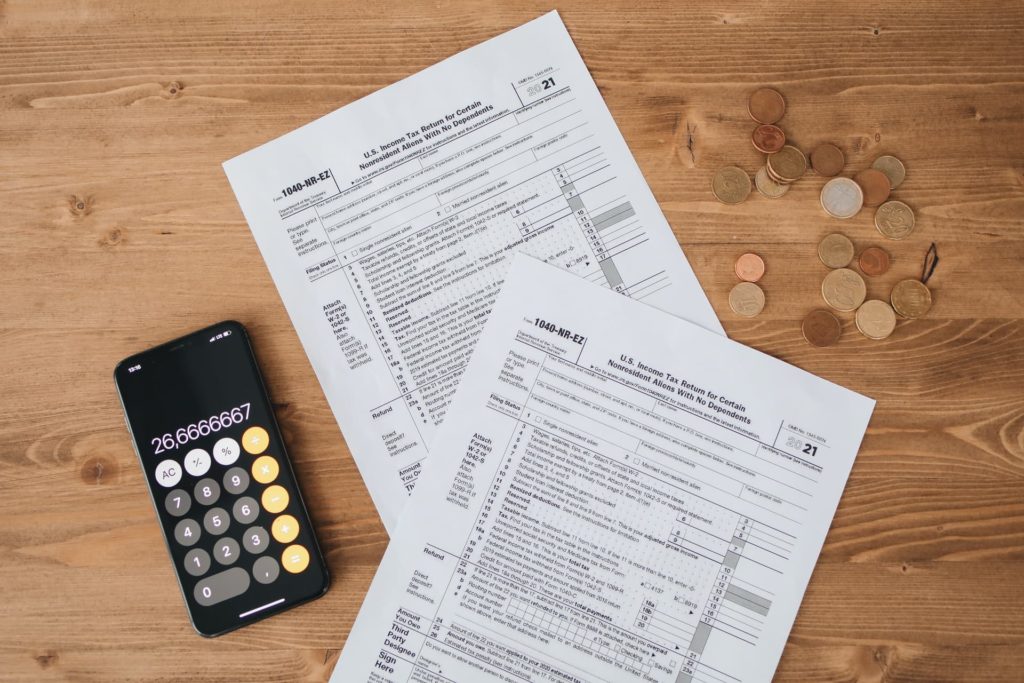Changes in 2022 Intrastat reporting requirements
What has changed in Intrastat requirements in 2022?
If you have cross border EU sales, you might come in contact with Intrastat. The statistical return requires information about the value and specifications of goods shipped and where to or from.
Gathering Intrastat information can be quite challenging. As we published last year, the FRIBS regulations came into effect in January 2022, requiring countries to obtain more information from their Intrastat dispatch returns. The country of origin and the VAT number of the recipient were added to the declarations.
What does the new Intrastat reporting mean?
By adding the VAT number of the recipient, authorities will gain an extra control mechanism for cross referencing the values reported in the Intrastat returns. This is in addition to the VAT and Intrastat comparison already done by tax authorities. Below some of the most common checks performed by statistical and tax authorities with the current information gathered.
- Checks on your VAT return – Are the values reported in Intrastat in sync with your intra community sales and acquisitions on your VAT returns? If not, why are differences occurring?
Numerous countries have automated comparison between the VAT and Intrastat return, among which Germany, France, Spain and Hungary are the most likely to raise queries. Proactive and insightful VAT Intrastat reconciliation can help you prevent these queries and make it very easy to answer them in case of valid differences. Timing can be one, as well as various components making a transaction a yes or no for reporting on the VAT return where Intrastat might need to follow different rules. - Checks on your Intrastat returns – Are the values of the goods reported in line with what is expected for the products you’re listing?
More and more countries are adopting a “probability check” on HTS codes. The statistical authorities have databases where commodity codes have set value ranges for the weight of a product. In case your reporting falls out of this range, authorities might question whether the value you reported is actually correct for the weight and quantity stated. Austria, Germany and Hungary are quite advanced with this and are likely to raise Intrastat questions. - Checks on your EC Sales Listing – Are the same values reported to the same VAT numbers compared with the Intrastat returns?
This is the new one. Because of the added data requirements in Intrastat, it will now become very easy for tax authorities to use Intrastat as control mechanism for recipient level checks in your VAT reporting. For example, overstating values for a certain VAT number on your Intrastat compared to your EC Sales Listing can raise questions on the correctness of your VAT reporting.
How could it help you?
As Intrastat data often (partially) comes from a different source than your VAT reporting, Intrastat being supply chain data while VAT reporting mostly origins from financial data, differences between the two are no exception. By performing cross checks between VAT and Intrastat, differences can be spotted upfront, helping you not only to prevent questions from authorities but also to enhance your master data and make sure both VAT and Intrastat returns reflect the actual transactions made.
If you need help getting your Intrastat reporting up to speed, feel free to reach out to TaxPoint and a specialist will be available to answer your questions!
